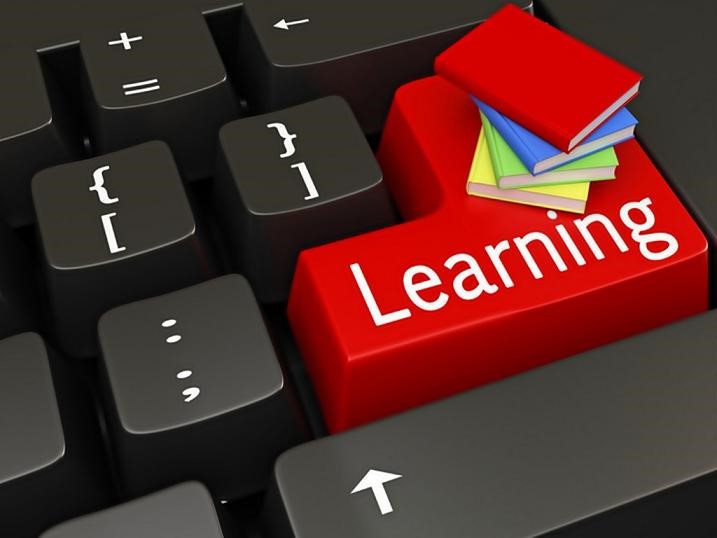Three steps from surviving to thriving!
Do you enjoy change? Does the unknown of tomorrow thrill you with anticipation and excitement for the surprises that await you? Are you eager and prepared for whatever the day throws at you?
I’m not. There, I’ve said it. Sometimes I’d rather just close my eyes and wake up in the morning and take whatever life tosses my way, one thing at a time.
As an entrepreneur, I don’t have that luxury. Just as I’m sure you have days where you’d just rather…not. But you have to, because of responsibilities.
We do the best we can, we try to plan ahead, accounting for every eventuality and contingency, and hope that things go according to plan. But they don’t always, do they? When things go awry as they have with the Coronavirus outbreak, we all are facing changes unlike any we’ve experienced before, and we have decisions to make.
For some people though, change is particularly hard. Making a decision with so little clear direction or reliable information can be daunting, even if you’re pretty comfortable with change. For others, it’s almost impossible to make a decision. Fear can lock them into a cycle of analysis-paralysis which is great for procrastinating, but unhelpful for decision making.
This simple 3-step process can be applied to almost any situation where change is evident or required. It can be applied organizationally, individually, whether you’re a leader or a follower. This universal approach is the first step in improving your ability to deal with change: Identify, Pivot, Adapt.
Identify
The first step is to identify the problem, and the source of the problem as best we can. In my business, classroom-based training and consulting services, the problem is obvious. Nobody wants to sit in a classroom (neither do I), and employers are actively laying off consultants first.
Identifying the source of the problem is also important because that’s how you can determine what your level of influence is. What part of the issue are you able to control? I know for example that the outbreak is like to come in waves over the next 1-2 years until a vaccine becomes available to the public at large. I know that it’s got a widespread infection rate which has resulted in businesses shutting down, mass layoffs, and an upsurge in people working remotely and self-distancing. I don’t need to know every detail, but this information alone helped me pivot.
Pivot
Pivoting is an intermediary action. When a basketball player is blocked, they pivot on one foot to shift their body in a different direction. We have 360 degrees of pivoting available to us, so choosing the direction you want to aim for really depends on the information you have available.
To help me make a direction-based decision, I use the hand method. I lay my hand flat on a surface and spread my fingers. My middle finger is the undesired direction I’m currently heading in, and that I know needs to change. Each of the other four fingers represent four different options for changing direction.
I don’t worry that I don’t have all the information to make an informed decision…pivoting is about making a quick decision to evade trouble by retargeting myself to aim for a different outcome. Keep it high-level, broad strokes. The details come later. Can you think of four ways you can respond to the problem you’re facing?
Will one of those four “finger options” represent a higher chance of success for a better outcome? If none of the options is particularly better, then choose one randomly and prepare to pivot again. This may go on until more informed decisions can be made, or one direction becomes clearer than the others.
Adapt
Once you set a direction, make a list of all the things you need to adjust to make that direction work.
Maybe you’re suddenly working from home 100% of the time. If you have a spouse, can you work together in the same house? What about the same room? Are you competing for resources? Do you have a quiet area for phone calls? How will you adapt your schedule? Do you have a support system in place?
For Get Up and Learn, I’ve adapted by delivering training virtually instead of in classrooms. Also, because it’s online, I’m delivering all training in 1-hour segments, which can be linked together to fill a morning or a day, delivered as lunch & learn virtual group sessions, or provided on a pre-scheduled basis for example.
Three steps from Surviving to Thriving
By following the Identify, Pivot, Adapt approach, I was able to determine the problem I was facing including a general idea of the scope, duration, and probable impact.
By pivoting I was rapidly able to determine the most at-risk direction (which was to stay the course and do nothing) as well as four other reasonable options. The best of those was to move everything online and virtual.
A lot of work went into adapting and will continue over time. The training material & resources, delivery methods, website content – all of it needed adapting as a result of the Coronavirus.
The best part is my business is well-positioned for the future and I can see many opportunities to grow that weren’t available to me under the old model. Following this three-step process not only helped me navigate the emerging crisis, but it also strengthened the business potential for the future.
Identify, Pivot, Adapt helped me determine what was right for my business, and it can help you make choices too!
Necessary Sales Pitch Section
Jim Longman, through Get Up and Learn provides consulting, contract, and training services for employers in all industries. Our soft skills training helps people develop new thinking and skills when it comes to handling change, making better decisions, and much more. For more information, click here.









.jpg)
.jpg)
.png)



